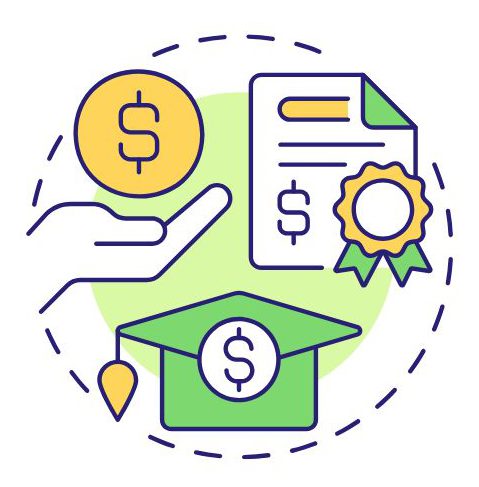
What is an Education Savings Account?
Posted by
Imagine a family eager to prepare for their child’s educational future but grappling with the reality of rising education costs. Determined to find a solution, they discover a possible solution: an Education Savings Account (ESA).
By starting an ESA while their child is young, the parents harness the power of early savings and tax benefits, setting a solid foundation for managing future educational expenses. This scenario mirrors the proactive approach many families are adopting to ensure they can afford quality education for their children.
But what exactly is an ESA, and why should you consider one?
Understanding an ESA
An ESA is designed to help families manage the rising costs of education by setting aside money for their children’s education expenses. Students can use the funds in these accounts for a variety of educational purposes, from tuition and books to uniforms and transportation.
The most common types of ESAs include Coverdell Education Savings Accounts and state-specific savings accounts like 529 plans, which have broader uses and higher contribution limits. Here’s a closer look at each:
Coverdell ESA
A Coverdell ESA allows families to contribute up to $2,000 per child each year until the child is 18 years old. The contributions are not tax-deductible, but the account grows tax-free, as are withdrawals used for qualified educational expenses. Students can use this type of account for college or university expenses and primary and secondary education costs.
529 Plan
While similar to the Coverdell ESA in terms of tax advantages, 529 plans often offer more flexibility with higher contribution limits. States, state agencies, or educational institutions sponsor these plans, which can be used for a range of expenses associated with higher education, including tuition, mandatory fees, room and board, and other related costs. Some states also allow parents to use 529 plans for K-12 tuition.
Benefits of an ESA
- Tax Advantages: The primary benefit of ESAs is the tax-free earnings growth and withdrawals when the funds are used for qualified educational expenses. Students (and their families) can benefit from substantial savings, especially if contributions start when the child is young.
- Flexibility: ESAs cover a wide range of education costs — not just tuition — required for schooling, like books, supplies, uniforms, transportation, room and board, and computer equipment.
- Control: Parents and guardians maintain control over the account, including how the money is invested and spent, as long as it is used for educational purposes.
- Early Education Funding: For families with children in private elementary or secondary schools, ESAs provide a way to manage the costs of tuition and other school-related expenses. This benefit increases the accessibility to quality educational opportunities sooner in a child’s education.
- Encourages Saving: Having an ESA can encourage families to start saving early for educational expenses, leading to less reliance on student loans and other future debt in the future. Starting early can leverage the power of compound interest, maximizing the potential growth of their investment.
Factors to consider
Before opening an ESA, know this: ESAs have relatively low annual contribution limits compared to other savings options. These low limits can hinder a family’s ability to afford significantly higher future educational costs.
Furthermore, the IRS places income limits on who can contribute to a Coverdell ESA. Families with higher incomes might not qualify to contribute, although they can still open and contribute to a 529 plan. Likewise, anyone who withdraws and uses ESA funds for non-educational purposes must pay taxes and additional penalties.
Savings in an ESA can also affect the student’s eligibility for need-based financial aid. When you’re planning for your child’s post-high school education, factor in your projected savings over time and how it might influence future financial aid packages and decisions.
Getting Started
To start an ESA, choose a plan that fits your financial goals and needs. Compare different types of ESAs, such as Coverdell ESAs and 550 plans; look at what they offer in terms of flexibility, investment options, and tax benefits. Once you select a plan, you can open an account through a financial institution or investment platform offering the plan.
Ultimately, ESAs offer a practical way to save for education costs while enjoying tax benefits. Whether you opt for a Coverdell ESA or a 529 plan, starting early and understanding the specific rules and benefits of your chosen plan will help you maximize your savings and support your educational goals effectively.
Blog Categories
- Career Advice
- College Admissions
- Colleges & Universities
- Financial Aid and Scholarships
- For Counselors
- For Parents
- For Students
- Gap Years
- Mental Health and Wellness
- Online Learning
- Performing and Visual Arts
- STEM Majors and More
- Summer Programs
- Teen Volunteering
- Trade & Vocational Schools
- Tutoring & Test Prep

Organization with listings on TeenLife? Login here
Register for Free
We’re here to help you find your best-fit teen-centered academic and enrichment opportunities.
Forgot Password
"*" indicates required fields








